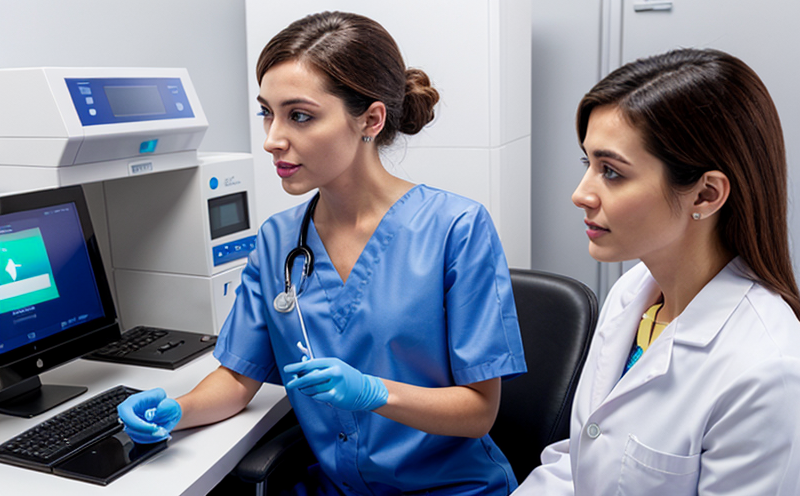DNA Barcoding for Wildlife Forensics and Conservation
Advancements in genetic technology have significantly enhanced our ability to identify species, understand biodiversity, and combat illegal wildlife trade. DNA barcoding is a powerful tool that has found particular application in the field of wildlife forensics and conservation. This technique allows for rapid, accurate identification of organisms based on standardized gene sequences (Barlow et al., 2003).
The process involves extracting genetic material from samples collected during investigations or conservation efforts. By comparing these sequences to a reference database, researchers can determine the identity of species involved in various activities ranging from illegal hunting to trade in wildlife products.
One key aspect of DNA barcoding is its role in identifying species that are difficult to differentiate through traditional means due to similar morphological traits or because they have been mislabelled. This technology plays a crucial part in ensuring the accuracy and reliability of forensic evidence used in legal proceedings related to wildlife crimes.
Another important application lies within conservation biology, where DNA barcoding helps monitor populations by providing insights into species diversity and distribution patterns. It also aids in tracking movements across borders, which is vital for controlling illegal trafficking activities.
In summary, DNA barcoding offers an efficient means of addressing complex challenges faced by law enforcement agencies and conservation organizations dealing with issues surrounding wildlife protection and trade regulation.
Scope and Methodology
| Step | Description |
|---|---|
| Sample Collection | Samples are typically collected from confiscated wildlife products, tissue samples, or preserved specimens. These materials must be handled carefully to preserve integrity for analysis. |
| Extraction of DNA | DNA is extracted using chemical reagents and purification techniques suitable for degraded samples if necessary. |
| Amplification | A specific region of the mitochondrial cytochrome c oxidase subunit I gene (COI) is amplified using polymerase chain reaction (PCR). |
| Sequencing | The amplified DNA fragment is sequenced using high-throughput sequencing technologies. |
| Database Comparison | The obtained sequence is compared against reference databases to identify the species accurately. |
Quality and Reliability Assurance
Ensuring accurate identification through DNA barcoding requires strict quality control measures throughout every stage of the process. Laboratories performing this service adhere to stringent ISO standards such as ISO/IEC 17025, which governs technical requirements for calibration and testing laboratories.
At each step, technicians follow standardized protocols designed to minimize errors and ensure repeatability. This includes proper handling of samples, accurate sample preparation, precise amplification conditions, careful sequencing procedures, and thorough database searches.
The use of advanced instrumentation like Next Generation Sequencers (NGS) ensures high accuracy levels in generating reliable sequence data. Additionally, regular calibration checks and proficiency testing ensure continuous improvement in analytical performance.
International Acceptance and Recognition
- DNA barcoding has been widely accepted by international bodies including the International Union for Conservation of Nature (IUCN).
- The approach aligns with global initiatives aimed at reducing illegal wildlife trade, such as those promoted by CITES (Convention on International Trade in Endangered Species).
- It is recognized as a key tool in supporting law enforcement actions against poaching and trafficking.
- DNA barcoding has contributed to the development of guidelines for forensic science practice internationally.
- The technique supports policy formulation processes related to wildlife conservation strategies globally.





